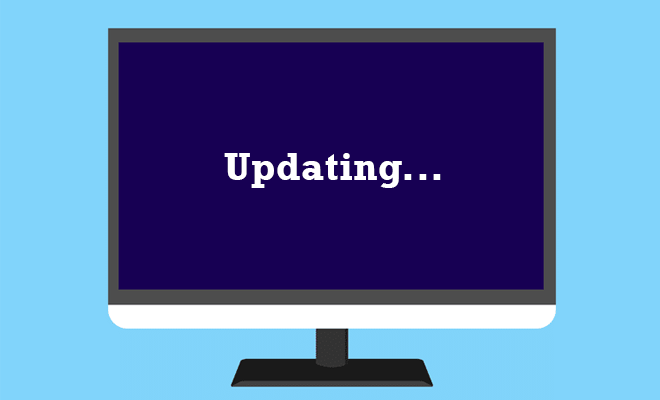
Nov 24, 2016
When Windows 10 was released, Microsoft also instituted their new Windows As A Service (WAAS) model. This model did away with the previous “Patch Tuesday” (Patch Wednesday here in Australia) and implemented a schedule of Security Updates as and when needed, and new feature updates on a 3 or 4 monthly Cumulative Update cycle – see my previous article Windows As A Service – The new Update Model.
And that was fine, it followed the update model that people were used to on their mobile phones and consumer devices etc., but it did mandate the updates for the Windows 10 Home edition, and each Cumulative Update (C.U.) was a fairly large beast in the Gigabyte range, with the resulting downloads and installation sometimes taking hours. The Windows 10 Pro, Enterprise and Education builds could delay these C.U.’s for up to 12 months, but they were still a major utilization of time for most people and organizations.
Previous C.U.’s brought some relief in the ability for users to select up to a 12 hour window (18 hour window for Pro, Enterprise and Education) in which the update didn’t force a reboot of the machine, but now, roughly 18 months and 400 million installations after the first release of Windows 10 so far, Microsoft are set to implement a new update model – enter the Unified Update Platform (UUP) model.
The UUP is set to be released in stages, beginning later this year with mobile device updates and then PC builds, with IOT and HoloLens updates early in 2017. UUP brings some much needed features to the updating cycle, such as Differential Download Packages, where your update will contain only the changes that have been made since the last time you updated your device, rather than a full build. Microsoft say this can reduce the download size of the update by about 35% if the PC has been regularly updated, reducing bandwidth and deployment times. UUP will also improve battery life on Windows 10 mobile devices, as each device will be spending less time running checks for updates and having each check evaluate and request just the required updates. Users of Windows 10 mobile will also be able to update their devices just like the PC builds in one update step if they are behind the latest build, rather than applying consecutive updates as at present.
Now UUP may not be one of the flashy new feature updates planned for the immediate future (such as Microsoft Paint 3D currently scheduled for the next CU due about March next year), but UUP has the great potential to reduce both bandwidth and update size and installation times, thereby reducing customer impact and making life that much simpler for your IT support department.
For more information, take a look at New Horizons' Windows 10 training courses.

How do your Excel skills stack up?
Test NowNext up:
- How to: Create a company style guide
- Using Code First Migrations in Entity Framework
- Microsoft Planner: Work together effortlessly
- Software defined networking in Windows Server 2016
- Pessimist or Realistic Optimist?
- Feel safe with Advanced Security Management for Office 365
- Java: Extend or Implement? This is the question.
- How-to: Screen recording in PowerPoint
- How to avoid the five major concerns of performance appraisals
- Creating a shared service in Angular 2
Previously
- Deploying SharePoint 2016 - What are my options?
- HR Automation: Onboarding accelerated
- Get started in Angular 2 with the Angular Command Line Interface
- Take control of your IT operations with System Center 2016
- Animating with Adobe CC: Part 1 - Creating character designs with Illustrator CC
- Skype for Business Server - As scalable as you need it to be!
- InDesign CC multiple page size documents
- How powerful are your presentations?
- What does it mean to deliver training and facilitate learning?
- Updates to Angular 2 that make coding easier - Router Component








